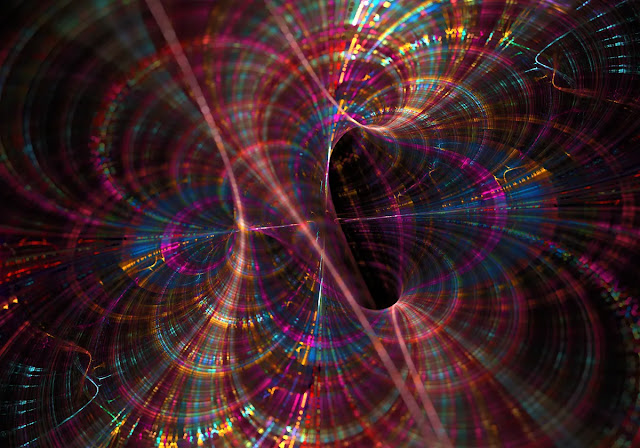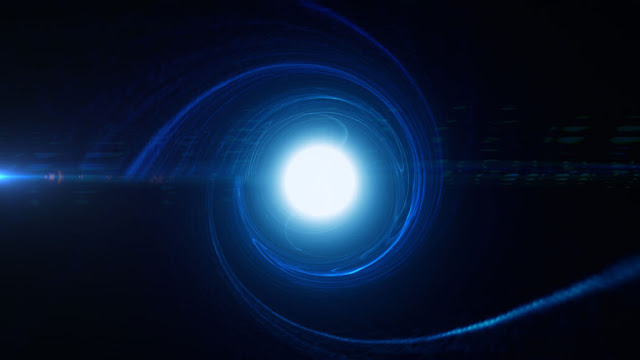Two theories—general relativity and quantum mechanics—were proposed to explain everything about reality more than a century ago. Both have undergone thorough testing and decades of development. These are sound theories. In the end, though, they are unable to explain anything on their own, and their combination doesn’t appear to work either. String theory and quantum loop gravity are the two primary contenders for the grand unified theory that physicists have been examining for decades. A new one has now been proposed by a group of researchers.
After five years of trial and error, this novel concept has finally been put forth. The term “postquantum theory of classical gravity” is being used to refer to it. There’s no denying that the name isn’t as catchy as the other two options, but there’s more. This new theory does not quantize space-time.
It has been assumed that space-time is ultimately composed of discrete steps, much smaller than anything that we can measure, but discrete nonetheless, to bridge the gap between relativity and quantum physics. According to this idea, once you reach a high enough accuracy, classical space-time breaks down and quantum mechanics takes over.
It’s critical to comprehend how the mathematical incompatibilities between quantum theory and Einstein’s general theory of relativity are reconciled. Is it better to change quantum theory, quantize spacetime, or do something else entirely? It’s anybody’s guess now that we have a consistent fundamental theory in which spacetime does not get quantized,” University College London professor Jonathan Oppenheim said in a statement.
It is anticipated that there will be energy fluctuations in space-time, causing particles and antiparticles to arise and vanish momentarily. These fluctuations are considerably more extreme in the postquantum theory of classical gravity than they are in the quantized space-time model. The theory may be tested thanks to the fluctuations, which is good news.
The team demonstrated how to test the idea in a follow-up paper that was published in Nature Communications. To determine whether space-time is classical, they should be able to measure an object’s mass and weight with extreme precision. The weight would fluctuate over time, and if those minute variations are not observed, the postquantum theory of classical gravity can be disproved.
Co-author Zach Weller-Davies said, “We have demonstrated that if spacetime doesn’t have a quantum nature, then there must be random fluctuations in the curvature of spacetime which have a specific signature that can be verified experimentally.”
“Spacetime must be undergoing violent and random fluctuations all around us in both quantum gravity and classical gravity, but on a scale that we haven’t yet been able to detect.” However, for spacetime to be considered classical, the fluctuations must exceed a specific threshold, which may be established through an additional experiment that examines the duration of time that a heavy atom can be in superposition—that is, in two distinct places at the same time.”
Testing this is not something we can accomplish in a few lifetimes, nor is it something we can do tomorrow. According to some scholars, testing on it might occur in the next 20 years. And that’s excellent because Dr. Geoff Penington, Professor Carlo Rovelli, and Professor Oppenheim—the latter two being the proponents of string theory and quantum loop gravity, respectively—are involved in a wager. They are placing a 5,000 to 1 wager on the quantization of space-time.




